If you imagine a tropical island paradise, it probably looks like Tetiaroa Atoll in French Polynesia.
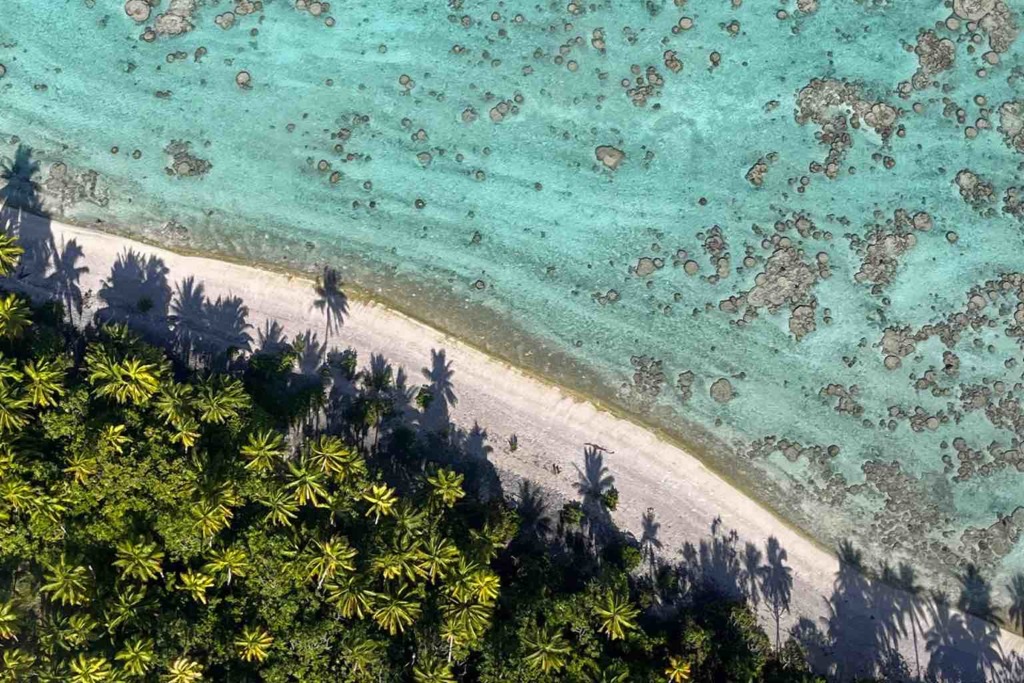
An atoll is a ring-shaped island or chain of islands formed from coral. Tetiaroa Atoll is located 30 nautical miles (56 kilometers) north of Tahiti. This 12-island atoll was once the summer retreat of Polynesian royalty. The royals enjoyed this wide ring of green islands around an aquamarine lagoon.
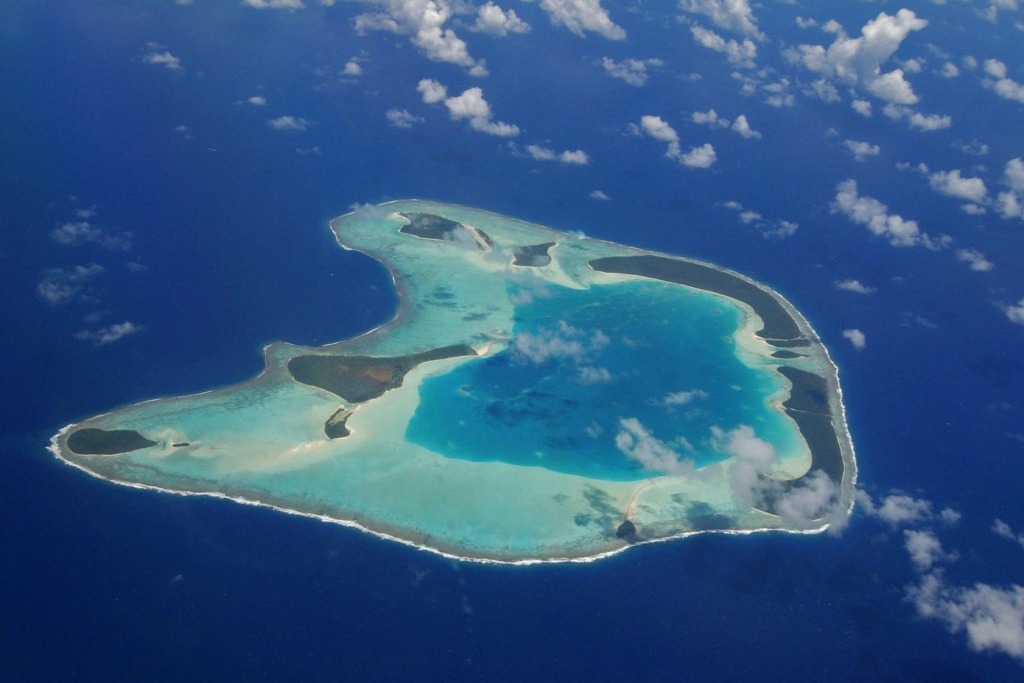
This island paradise had a big problem though. Tetiaroa Atoll was overrun by rats.
On Tetiaroa Atoll, rats became troublesome invaders.

What is an invasive species?
Invasive species are plants and animal species that humans help spread to parts of the world where they are not native. The rats of Tetiaroa Atoll are an example. Other examples of invasive species are cane toads and rabbits in Australia, boll weevils, zebra mussels and kudzu vine in the United States, and lionfish in the Caribbean.
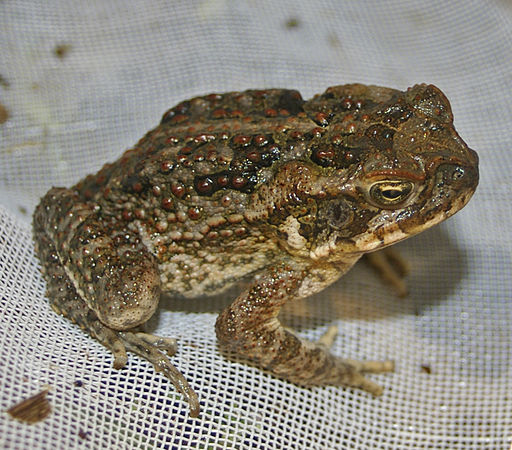
Invasive species can damage or destroy ecosystems that they have not historically been part of. Invasive species can also be expensive to manage. A 2021 study found invasive species cost the United States $21 billion a year.
Rats are one of the oldest and most destructive invasive species around the world.
How did rats get to islands like Tetiaroa Atoll?
The Polynesian rat colonized islands in the Pacific – like Tetiaroa Atoll – by stowing away on the earliest navigators’ voyaging canoes more than 2,000 years ago. Another type of rat called the black rat arrived with Captain James Cook and other European sailors around 250 years ago.
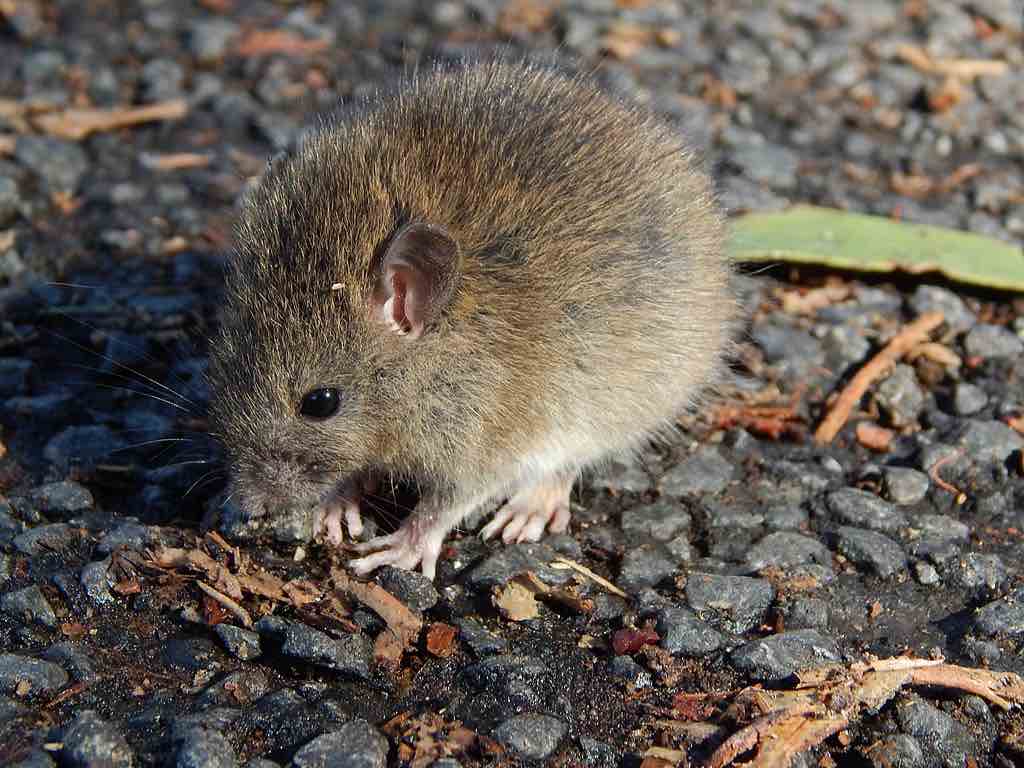
Why are rats a problem for Tetiaroa Atoll?
Rats and other invasive species have greatly affected the organisms and ecosystems of Tetiaroa Atoll. Rats eat the seeds of plants. Rats also eat animals like crabs, insects, and baby birds.
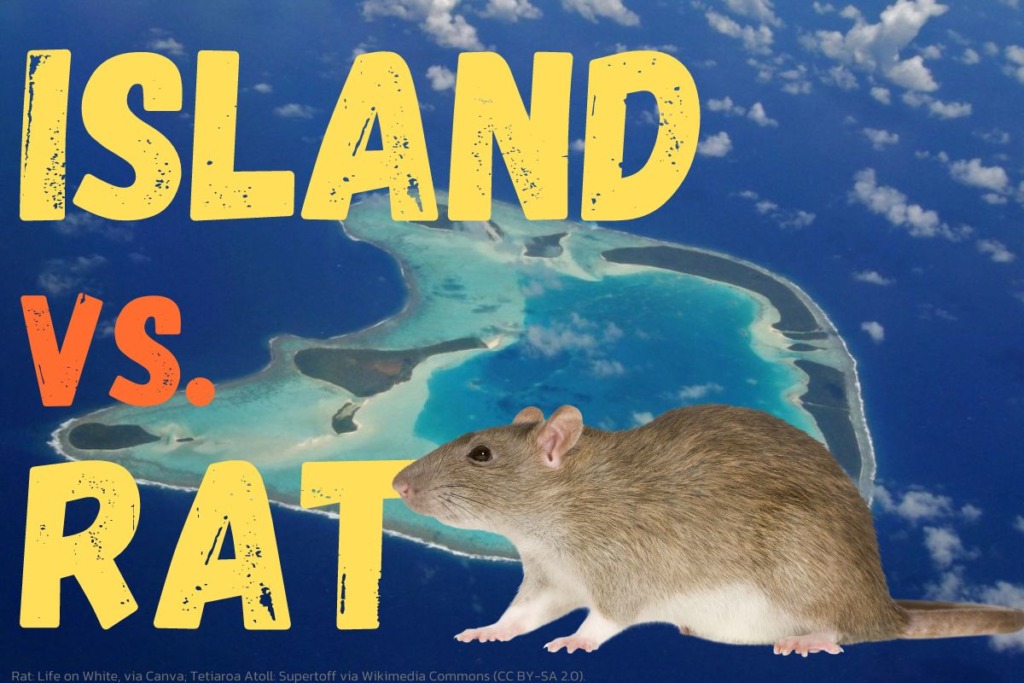
Recently conservationists removed the rats of Tetiaroa
There is good news for Tetiaroa Atoll. As of July 2022 conservationists have eliminated the rats from the atoll. The rat eradication program has taken years of hard work. To remove the rats, the conservation team had to poison them. They did this carefully – mapping out a grid on each rat-infested island and then placing rat poison along the grids.
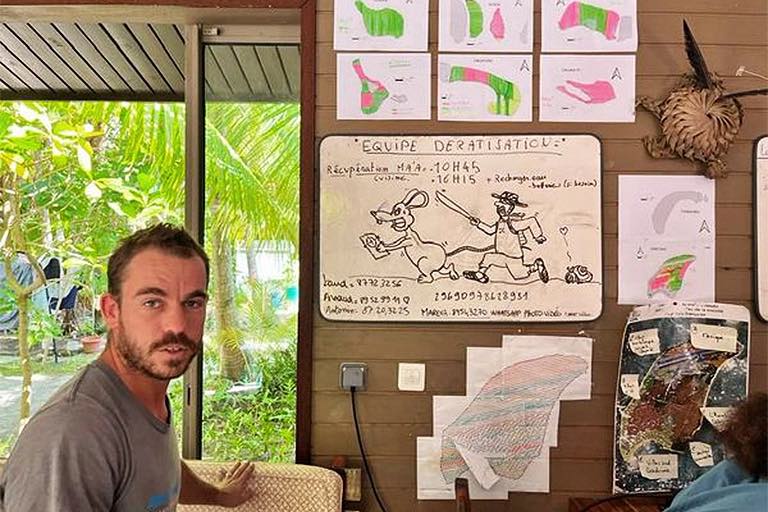
The conservationists were careful to make sure that the poison didn’t affect other animals. They only put out the rat poison between June and August when there were no migratory birds or turtles that might accidentally eat it. And other resident animals such as seabirds that only eat fish and crabs were not interested or affected by the rat poison.
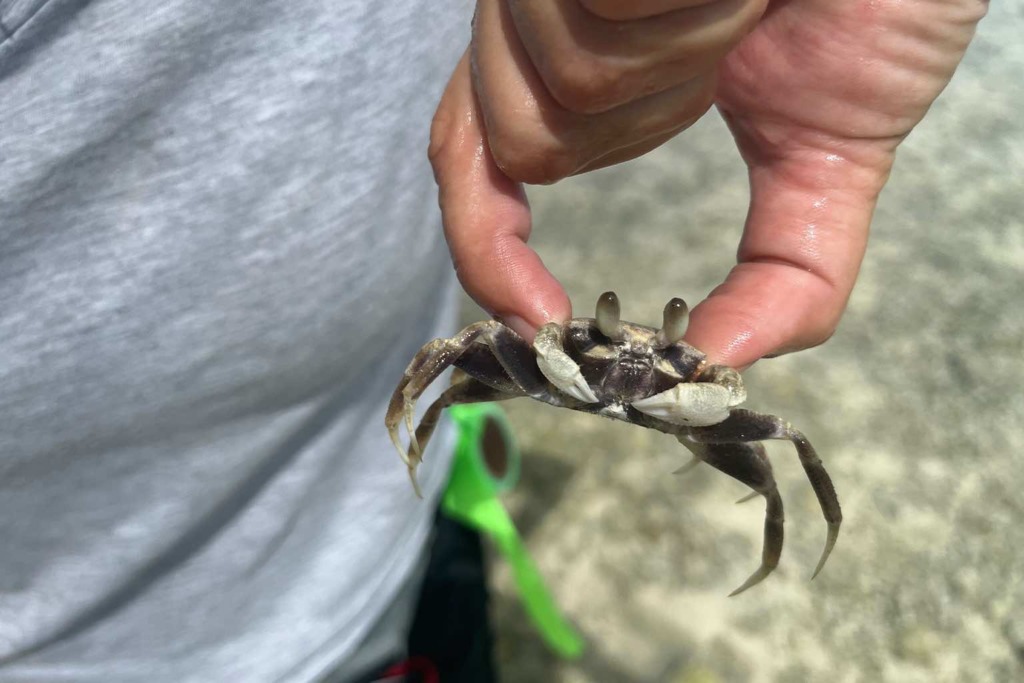
Tetiaroa Atoll before and after rats
What will happen now that the rats are gone?
Tetiaroa Atoll is a valuable natural laboratory. Scientists have been monitoring (keeping track of) the atoll’s plants, seabirds, insects, lizards, crabs, coral and algae. They have been building an ecological baseline (a starting point used for comparisons).
Scientists recorded how the rats affected the native island life. Now that rats have been eliminated from Tetiaroa Atoll, scientists will study how the native animals and plants of the island chain recover.
The science team can ask important questions about how invasive species affect native species and ecosystems. For example, scientists can study what will happen to seabird populations on Tetiaroa Atoll now that rats are not eating their chicks.
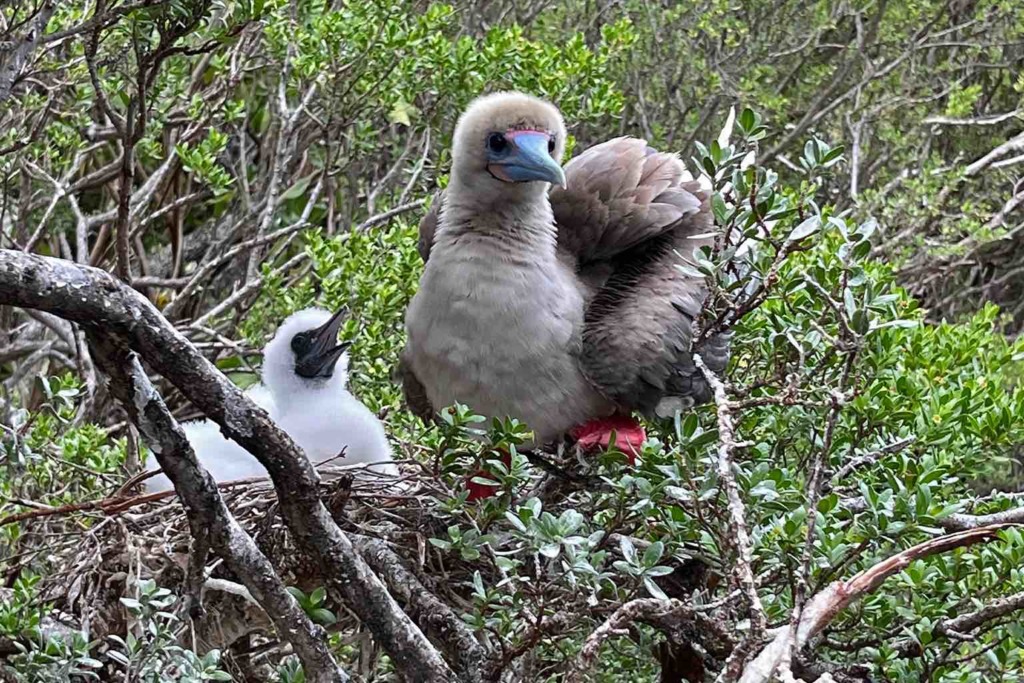
A 2018 study in the Chagos Archipelago in the Indian Ocean found that rat-free islands have many more seabirds than islands that have rats on them. Will this same pattern be found on Tetiaroa Atoll also? Now scientists can find out.






